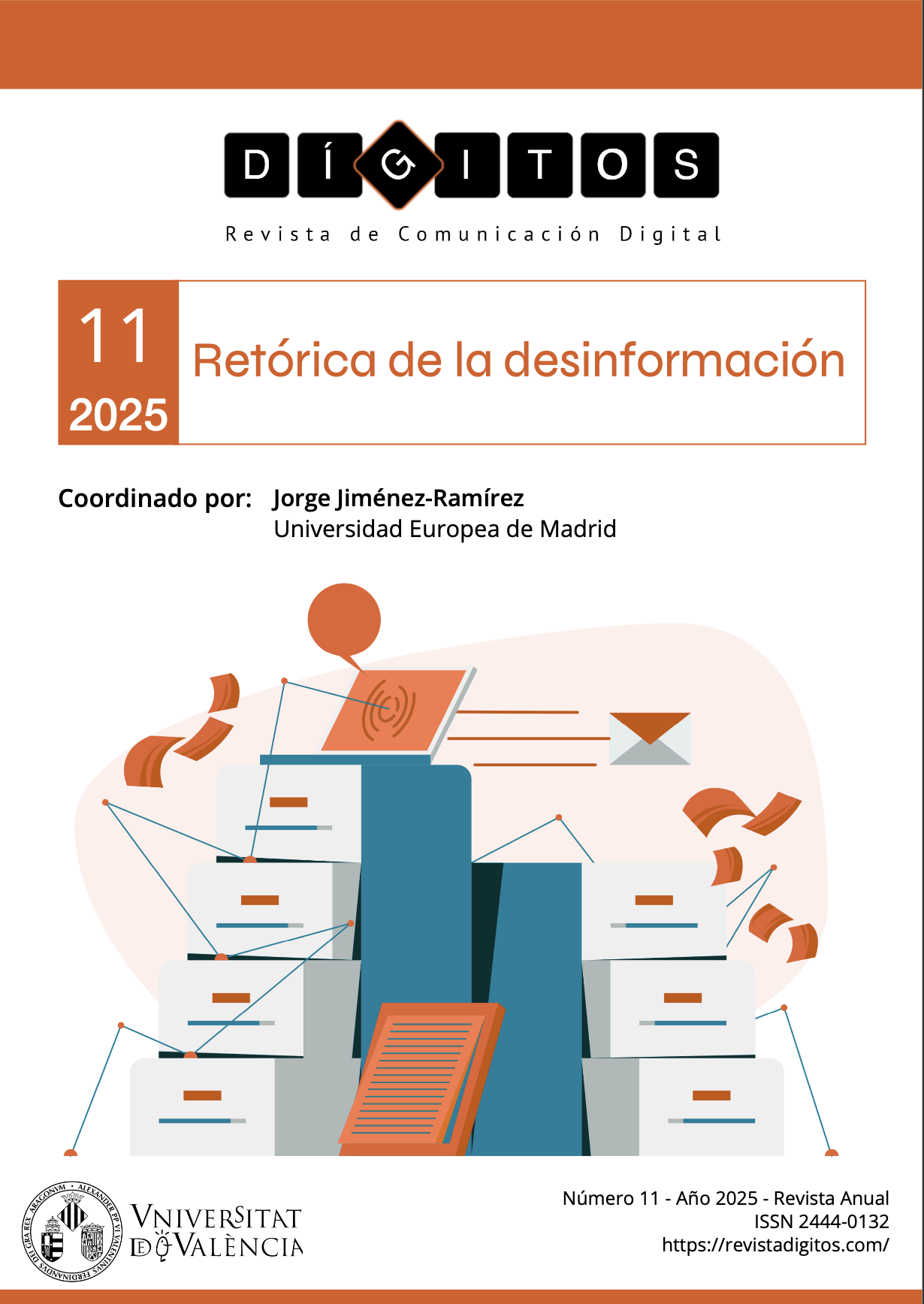Functions and communicative strategies in X/Twitter of Ibero-American women politicians ‘of change’
DOI:
https://doi.org/10.7203/drdcd.v0i11.308Abstract
X (formerly Twitter) is one of the main platforms used in digital political communication due to its ability to spread messages quickly and accessible. This viralizing quality provides greater visibility to alternative social and political agents, allowing them to introduce and promote their own issues, thus generating self-mediation processes. In this context, the presence of women emerges who demand to have their own voice and visibility beyond the mechanisms established by traditional politics. These actors, who through their various forms of participation and activism propose a transformation of reality, are what we will call women of “political change.” This research aims to know which functions have the greatest presence in X's communication strategy. To do so, the X profiles of Miriam Bregman (Argentina) are comparatively analyzed; Vilma Ripoll (Argentina); Camila Vallejo (Chile); Ana Erazo (Colombia); Ada Colau (Spain); Teresa Rodríguez (Spain); Martha Tagle (Mexico); Verónika Mendoza (Peru), Marisa Matias (Portugal); Verónica Mato (Uruguay) during the year 2020. The research technique used is content analysis, including both a quantitative and qualitative approach, based on critical discourse analysis. The results show that the use of X is mainly aimed at attacking or criticizing political opponents. In doing so they combine a constrictive and destructive dynamic of criticism. The second most used function is community building, aimed at disseminating its values and ideology.
Downloads
Published
Issue
Section
License
Author rights apply to contributors. The journal reserves the right to be the first to publish the submission, following the Creative Commons Attribution License that allows for others to share the publication and acknowledges its authorship and the original publication within this journal.
Everyone who sends a manuscript is explicitly accepting this publication and edition cession. In the same way, he/she is authorizing Dígitos to include his/her work in a journal’s issue for its distribution.







